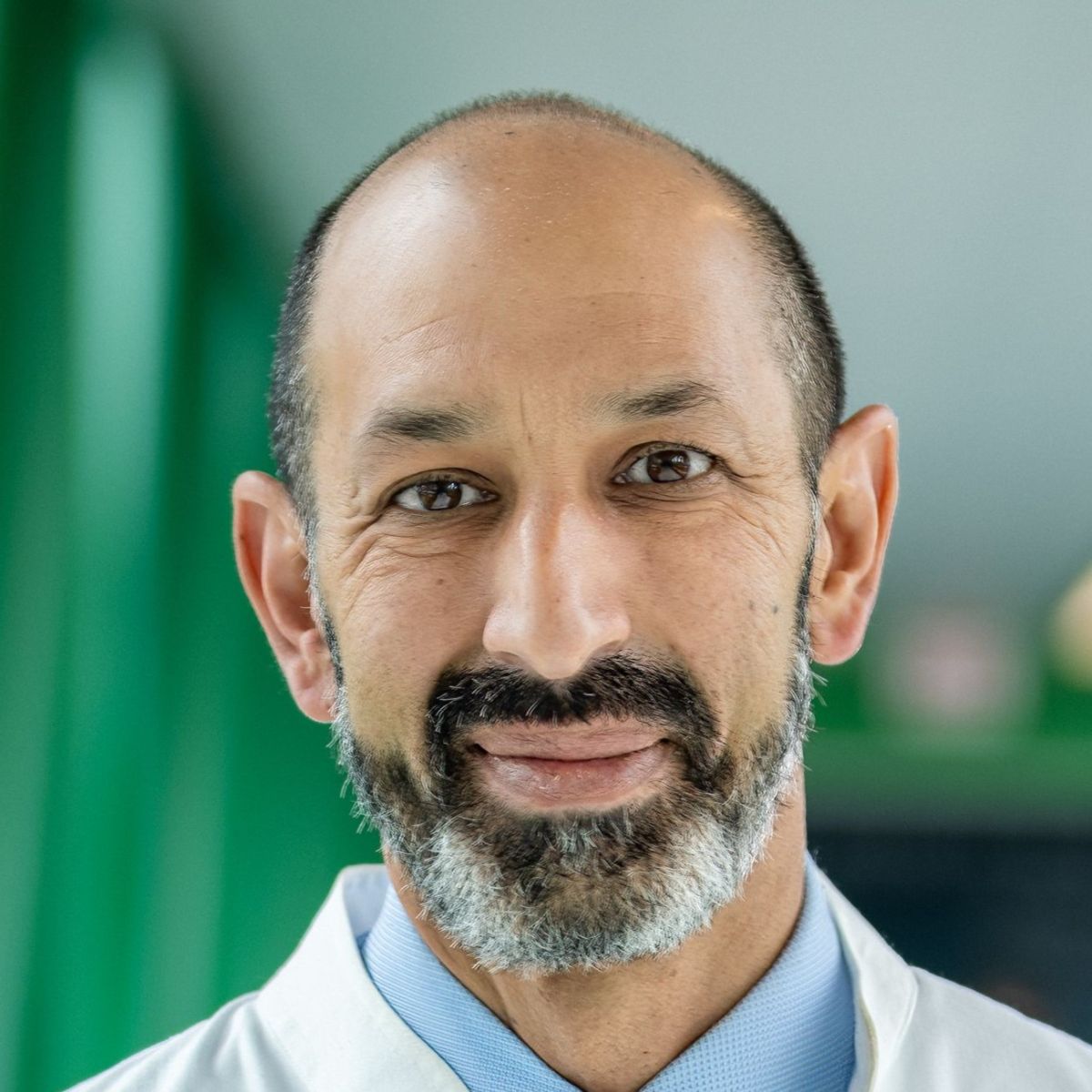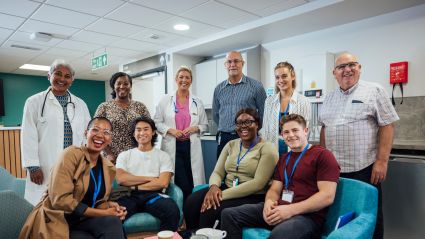
The Problem
Antibiotics are one of our greatest scientific advancements. Their overuse is one of our greatest failures.
Patients leave hospitals, clinics, and pharmacies every day with prescriptions for antibiotics they don’t need. This is not due to carelessness. It’s because doctors and nurses are not getting the information they need when they need it.
Antimicrobial resistance (AMR) is a scientific challenge, but it is also a coordination problem. We often don’t have the right systems in place to get the right information to the medical professional making the decision when it matters most.
The Gap
The advancements we've made in testing for many of the most common bacteria are incredible. What used to take several days to culture can now often be achieved in 15 minutes. But in many places, the results arrive late or incomplete.
Faced with urgency and uncertainty as to whether the patient has a bacterial infection and, if they do, will that infection will respond to antibiotics, first-line responders sometimes default to therapy “just in case.” While not ideal, for most patients this is fine: They take the full course of treatment with minimal or no side effects.
However, every single unnecessary prescription contributes to the growing crisis of AMR. Germs adapt and become resistant to one, some, or all antibiotics, and patients face a future of dwindling treatment options. Antimicrobial stewardship, the discipline that preserves antibiotics for when they are truly needed, loses ground each time we treat broadly “just in case.” The result is more than a technical inconvenience; it is a human cost paid in longer stays, avoidable side effects, and diminished confidence that care is current and appropriate.
Antibiotics are one of our greatest scientific advancements. Their overuse is one of our greatest failures.
Partnering for Timely Decisions
Closing this gap calls for a partnership among everyone involved in treatment decisions—hospitals, clinicians, public-health leaders, payers, industry, patients—that does three things consistently well:
- Timely insight, including rapid diagnostic results, before decisions are made. Ensure health-care providers can act correctly, quickly, and consistently based on the best information available.
- Established treatment protocols that ensure therapy is chosen after results, not the other way around. Test, assess, and treat. Always in that order.
- Robust governance with common metrics—timeliness, appropriateness, equity, avoidable bed-days, etc.—so that accountability is shared, and focus remains on outcomes.
Early implementations at partner hospitals, including several antimicrobial-stewardship reference sites, suggest this is feasible with straightforward workflows, shared accountability, and focused diagnostic testing. Although testing gives us answers more quickly, that’s not enough. We all have a role to play to ensure antibiotics remain one of the most potent weapons we have against disease.
- Labs and clinicians: Make testing the first step and initiate therapy based on results and shared stewardship guidance.
- Public health: Translate trends into clear local guidance, detect and communicate emerging risks, align policies and resources with stewardship, and track equity and outcomes across communities. Current, visible guidance reduces variation and builds trust.
- Payers: Align coverage and utilization to support test-first care when value is demonstrated and participate in data-sharing that sustains equitable adoption. Incentivize shifts from treatment to prevention.
- Industry: Advance reliable, usable diagnostics and ensure information flows quickly and clearly into clinical workflows. Our front-line partners value speed and clarity.
- Patient advocates: Educate policymakers about real-world barriers to timely, targeted care, and keep equity and outcomes in view. Help patients understand when testing matters and why waiting for a result can be safer than starting treatment without answers.
Why Now
AMR is a silent pandemic, and it’s getting worse. A recent Centers for Disease Control and Prevention report highlights a sharp rise in NDM-CRE—Enterobacterales carrying the NDM carbapenemase, which makes them resistant to some of our most powerful antibiotics—with US infections up more than 460 percent between 2019 and 2023.
The enemy is already at the gates, and real-time, local intelligence is not a luxury; it is a foundation that helps clinicians start right, helps systems learn fast, and shows communities that guidance is current and credible. Working together, we can ensure that antibiotics remain a powerful weapon against disease. Let us commit to collectively being good stewards of these powerful treatment options. The world deserves nothing less.


















